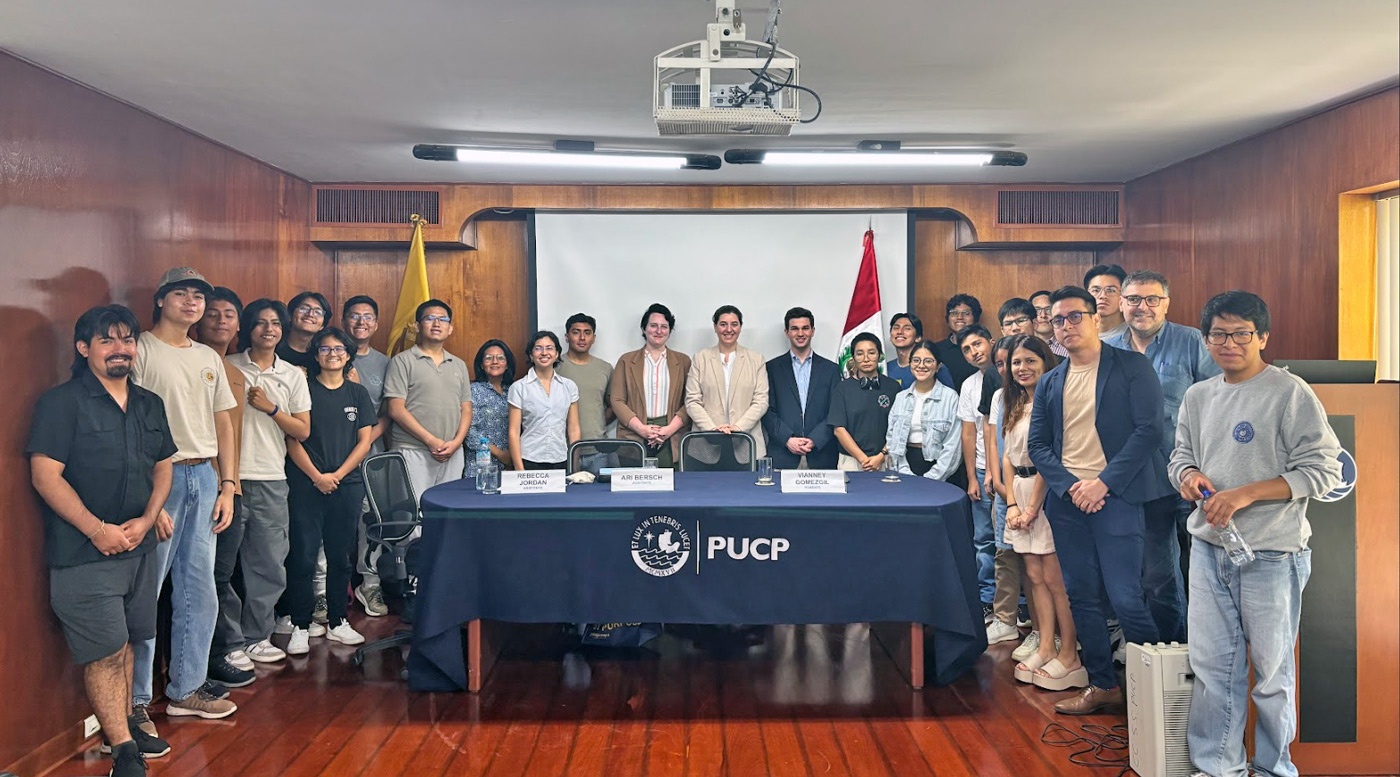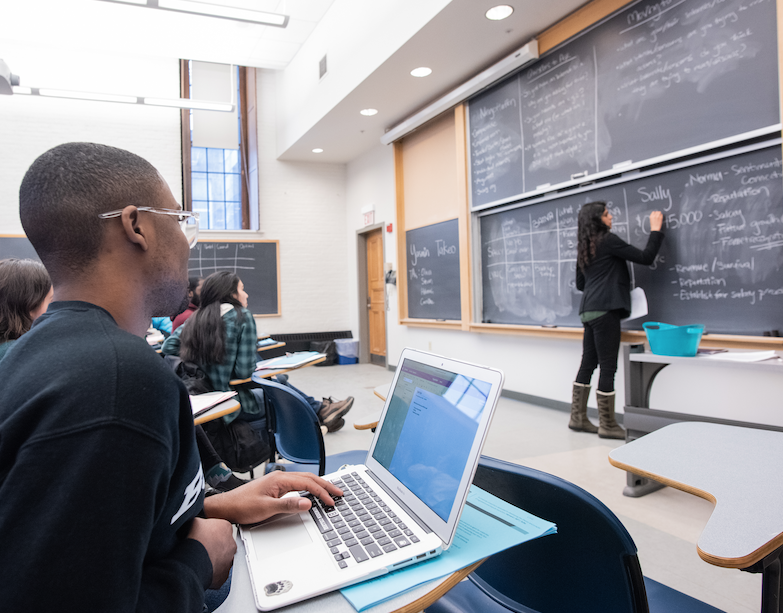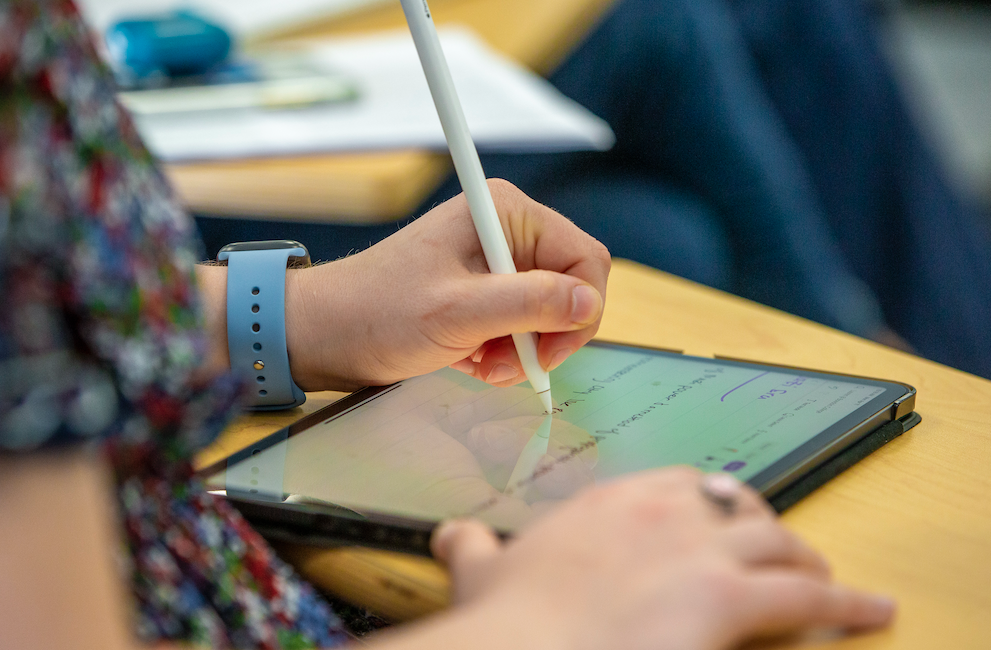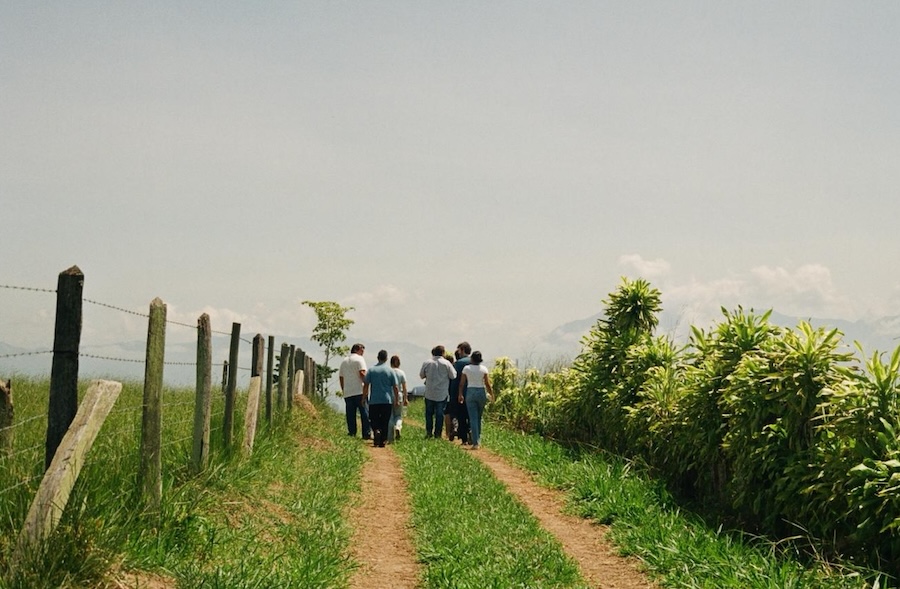Contagion Class Turns Out to Be Prescient
By Rebecca Goldfine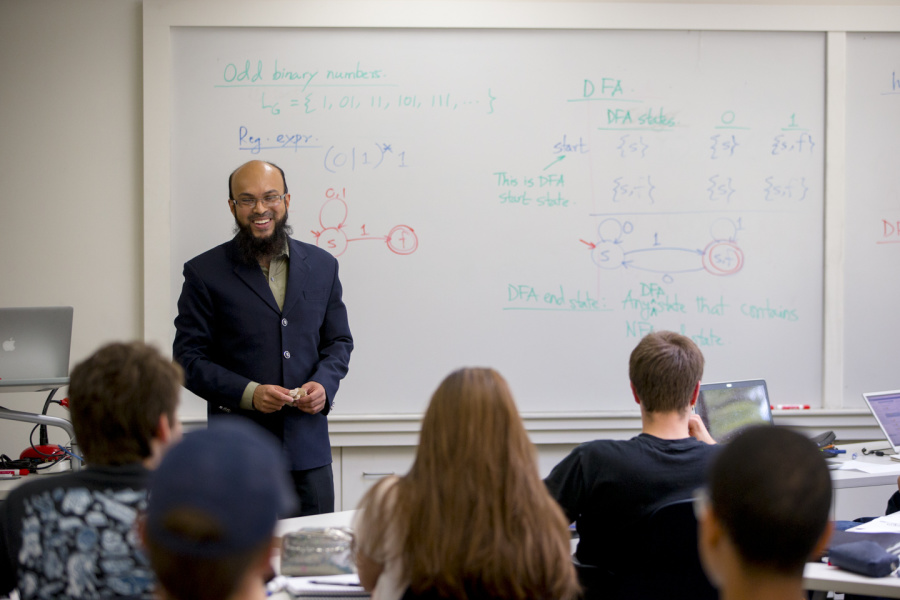
With the random mutation that would create the world-convulsing COVID-19 still many months in the future, Irfan's original intention was to teach his students about network theory.
"So, my thinking was that it would be a project-based advanced network course," Irfan said, and would be a sequel to his class on social and economic networks. "And the intention was to study how diseases, human behaviors, products, beliefs, and opinions—how all of these things propagate over a network."
The 3000-level digital and computational studies class has twelve students, the majority of whom are math or computer science majors. Irfan's own research is in the area of networks—particularly strategic networks—which falls within the realm of computational game theory.
Computer science major Jouya Mahmoudi ’20 enrolled in Contagion after enjoying Irfan's fall class on game theory, particularly its sessions on network theory. "Networks are not just about diseases, but looking at how things interact with each other and influence each other," Mahmoudi said. "It's really applicable to everything, and, it turns out, very relevant!"
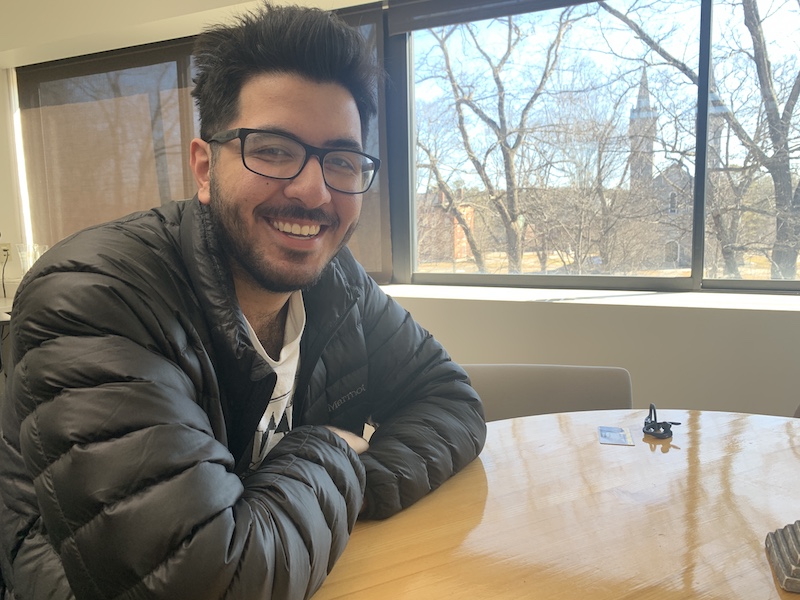
The first third of the coursework was focused on epidemics. The class is now studying the infectiousness of human behaviors. Behavioral contagion is the spread of actions or attitudes among a community, such as smoking, eating healthily, or even happiness. The final unit's focus will be decided by students, but Irfan has already suggested the class look at residential segregation by race.
For the unit on epidemics, students built their own models to predict the spread of COVID-19, even as experts around the world also raced to estimate the disease's reach.
Before devising their models, Irfan taught the students about the different mathematical models used to chart epidemics. "So students applied those models from their abstract mathematical forms to an actual real-world setting, where they're dealing with real-world data," like population numbers, street grids, and even daily flight logs into and out of cities. "So they get to see the value of these abstract mathematical models and how they can be applied to the real-world setting."
To make accurate predictions on how many people will catch the coronavirus—and the timing of the disease as it extends its reach across the globe—the students assessed the effects of travel bans and other government interventions to slow the contagion.
Because of the interdisciplinary nature of the course, Irfan also asked his students to research the broader social impacts of the disease. One group evaluated COVID-19's impact on prisons—where social distancing is difficult and hand sanitizer is not allowed because of its alcohol content.
Another group looked at the devastation the virus is wreaking on the travel industry and on communities reliant on tourism. "There's a bigger impact from COVID-19 on the Caribbean islands than from 9/11 or hurricanes, and this will last longer," Jeannie Davis ’20 said. Davis's group also examined how the virus is illuminating socioeconomic cleavages in the US. "The virus is forcing people to look at issues of inequality and hopefully address them," added Ella Weinstein ’20.
Additionally, Irfan asked the students to consider the human fallibility that can undermine even the most precise mathematical equations, because, as he noted, "predictions are wrong all the time." So, along with their final results, students evaluated their own and other modelers' assumptions and biases that drive algorithms.
One group looked closely at the statistics the Chinese government put out about the infection and mortality rates of COVID-19 among its people. In all the simulations run by the group—which included Mahmoudi, Evan Haines ’20, Ahmed Hameed ’22, and Orlando Coyoy Ixquiacche ’21—they found that the number of deaths was always higher than reported. "And our model is underestimating the results," Mahmoudi said. "The numbers don't lie."
Originally, because the subject matter was so pertinent, Irfan asked his students to present their findings in a public forum on campus. When Bowdoin closed its campus, he posted their results online.
- Modeling COVID-19 across Five US Metropolitan Areas: Angela Goldshteyn ’20, Alina Lam ’21, Kate Morrison ’20, Juliana Taube ’21
- COVID-19, Understanding the Impacts: Jeannie Davis ’20, Jared Prior ’20, Max Tanous ’20, and Ella Weinstein ’20
- A Peek into the Truth: A Simulation of COVID-19 in China: Jouya Mahmoudi ’20, Evan Haines ’20, Ahmed Hameed ’22, and Orlando Coyoy Ixquiacche ’21
